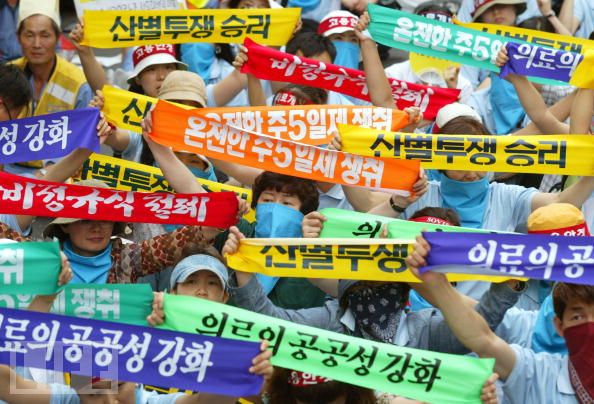Functions of Human Resource Department
A typical Human Resource Department is carries out the following functions:
Manpower Planning
It
involves the planning for the future and finding out how many employees
will be needed in the future by the business and what types of skills

should they possess.
It depends on the following factors
- The number of people leaving the job
- The projected growth in sales of the business
- Technological changes
- Productivity level of the workers
Job analysis and Job description
HR Department is also involved in designing the Job analysis and Job description for the prospective vacancies.
A job analysis
is the process used to collect information about the duties,
responsibilities, necessary skills, outcomes, and work environment of a
particular job.
Job descriptions are written statements that describe the:
- duties,
- responsibilities,
- most important contributions and outcomes needed from a position,
- required qualifications of candidates, and
- reporting relationship and co-workers of a particular job.
Determining wages and salaries
HR
Department is also involved in conducting market surveys and
determining the wages and salaries for different position in an
organization. These decision may be taken in consultation with top
management and the Finance department.
Recruitment and Selection
One of the most important jobs HR department is to recruit the best people for the organization. This is of
crucial
importance as the success of any organization depend on the quality of
its workforce. Details regarding the recruitment and selection
procedure can be found
here.
Performance Apprasial
Once
the employees are recruited , the HR Department has to review their
performance on a regular basis through proper performance appraisals.
Performance appraisal
is the process of obtaining, analyzing and recording information about
the relative worth of an employee. The focus of the performance
appraisal is measuring and improving
the actual performance of the employee and also the future potential of
the employee. Its aim is to measure what an employee does.
On the
basis of performance appraisal the HR Department will set up an action
plan for each employee. If the employees needs any training then he
provided that.
Training and Development
HR department is constantly keeping a watch over the employees of the organisation.
In order to improve the efficiency level of the employees they

have
go undergo regular trainings and development programmes. All trainings
and development needs are carried out by this department. Training
might include on the job or off the job training. Find more information
on training
here.
Employee welfare and motivation
Happy employees mean a healthy organization. HR Department conducts various employee welfare activities which might include employees get together, annual staff parties etc. HR department also reviews organizational policies and its impact on the motivation of the employees.
Addressing employees grievances
HR department is the link between the workers and the management. Employees grievances related work environment are usually entertained and resolved by the HR Department.
Labour management relations
For the smooth operation of any organization, it is crucial to have good labour management relations.
HR department has to ensure that these

relations
are cordial. In case of any labour-management conflict the HR
Department will play a vital role in bringing both management parties
to the negotiation table and resolving the issue.
Implementing organizational policies
HR
Department has to coordinate with line manager and see that the
organizational policies are being implemented in a proper manner.
Disciplinary action can be initiated against employees who are not
following organizational rules and regulations. All these actions are
conceived and implemented by the HR department.
Dismissal and redundancy
HR
Department has to take firm actions against employees who are not
following the organizational code of conduct, rules and regulations.
This can result in the dismissal of the employee.
Sometimes,
an organization may no more require the services of an employee. The
employee may be made redundant. HR Department has to see that
organizational and government regulations are being followed in this process.











 common for unskilled and semi-skilled jobs. Thus the worker gets trained while he is performing his regular duties.
common for unskilled and semi-skilled jobs. Thus the worker gets trained while he is performing his regular duties. should they possess.
should they possess. have
go undergo regular trainings and development programmes. All trainings
and development needs are carried out by this department. Training
might include on the job or off the job training. Find more information
on training
have
go undergo regular trainings and development programmes. All trainings
and development needs are carried out by this department. Training
might include on the job or off the job training. Find more information
on training relations
are cordial. In case of any labour-management conflict the HR
Department will play a vital role in bringing both management parties
to the negotiation table and resolving the issue.
relations
are cordial. In case of any labour-management conflict the HR
Department will play a vital role in bringing both management parties
to the negotiation table and resolving the issue.






